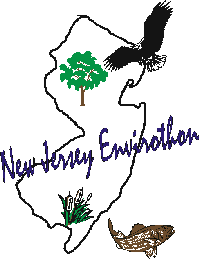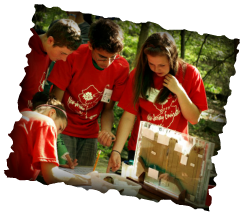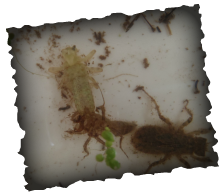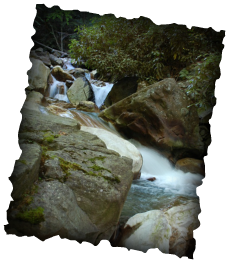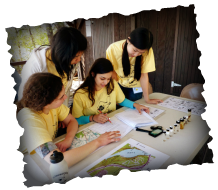Aquatics Study Guide
|
The Aquatics station covers many topics relating to water including, but not limited to, water chemistry, the hydrologic cycle, aquifers, watersheds, water pollution, water management, wetlands, biological and chemical monitoring, water regulations, water uses, aquatic invasive species, Geographic Information Systems (GIS), and water conservation.
The primary source of written test questions and some hands-on test questions will be from the Aquatics Study Guide links available below. In addition, you should use any local resources available to you and study the current competition resources listed on the North American Envirothon website. Once your team has studied, test your knowledge! Additional Aquatics station test questions are available on the North American Envirothon website...
Sample Test Sample Test Answer Key Key Point 1: Abiotic Factors
Learning Objectives:
Resources:
Key Point 2: Biotic Factors
Learning Objectives:
Key Point 3: Aquatic Environments
Learning Objectives:
Resources:
Key Point 4: Water Protection and Conservation
Learning Objectives:
Resources:
Current Issue
|
